Compactors are similar to industrial balers in that they reduce waste, but are typically used for non-recyclable materials in order to save space in landfills and other trash disposal locations. Compactors tend to be smaller than balers and result in more compact bundles of waste at the end of the process. Specific types of compactors include trash compactors for residential, commercial or industrial purposes, compactors fitted into the back of garbage trucks to conserve space and compactors that are designed for specific materials. Read More…
Since 1962, Maren has led the industry, building powerful and reliable manual tie, automatic tie and two ram balers, shredders and conveyors. That’s why many of the most successful paper & box plants, distribution centers, post consumer recyclers, and printers rely on Maren Balers to bolster their bottom line. Maren’s reputation for great customer service has carried from generation to...
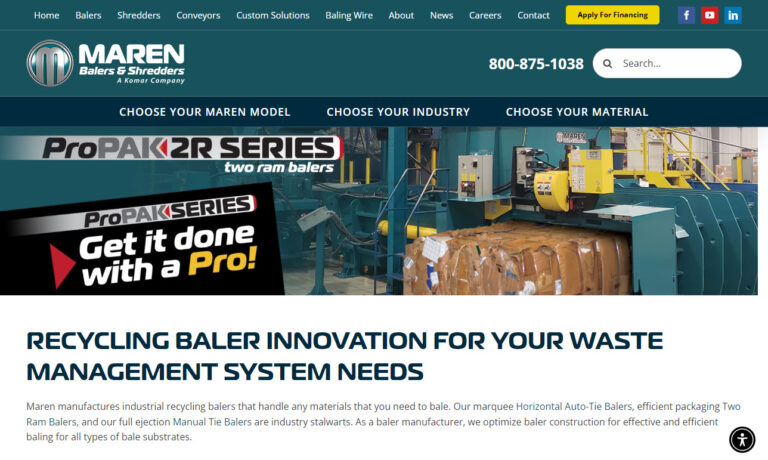
In Business for over 100 years, Harris has maintained its position as the industry leader by paying attention to its customers needs. Our vertical, horizontal and 2-ram balers process recovered papers, paperboard, plastics, solid waste and light ferrous and non ferrous metals. Harris supplies the right equipment for your application.
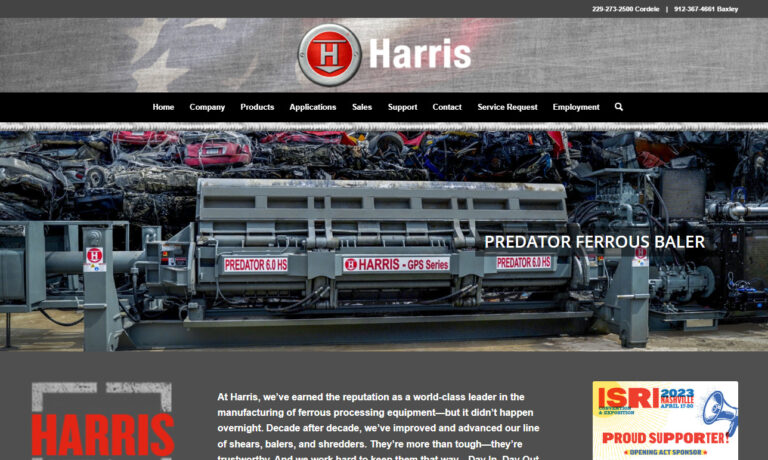
The only thing stronger than an Excel baler is the loyalty of our customers. Excel continues to break new ground by designing equipment with energy-saving technologies, developing balers to fit your business and solve your problems, and introducing products that process more material and make you more money. While the competition makes their balers cheaper, we make Excel balers better!
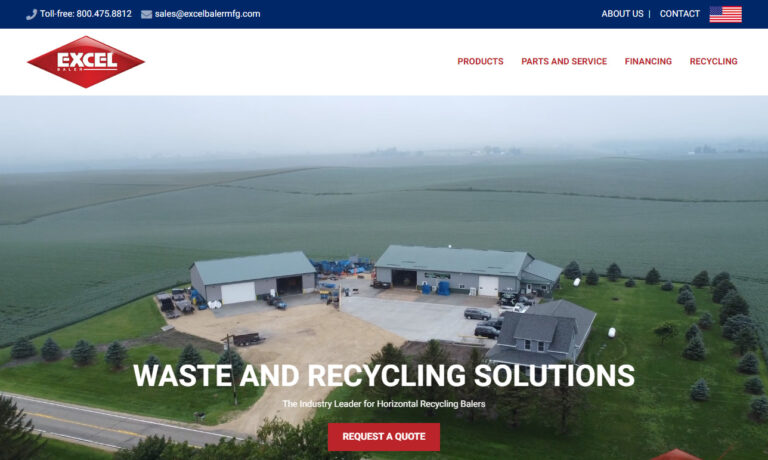
SSI Shredding Systems provides a wide range of waste management products, including industrial shredders, industrial balers, industrial reducers and industrial compactors.
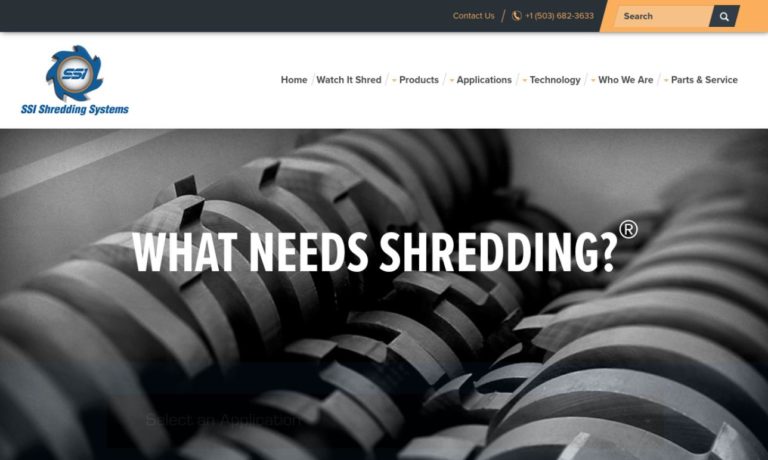
If you are currently paying for the disposal of cardboard, paper, plastic or non-ferrous metals; than consider International Baler Corporation & our range of balers and related equipment.
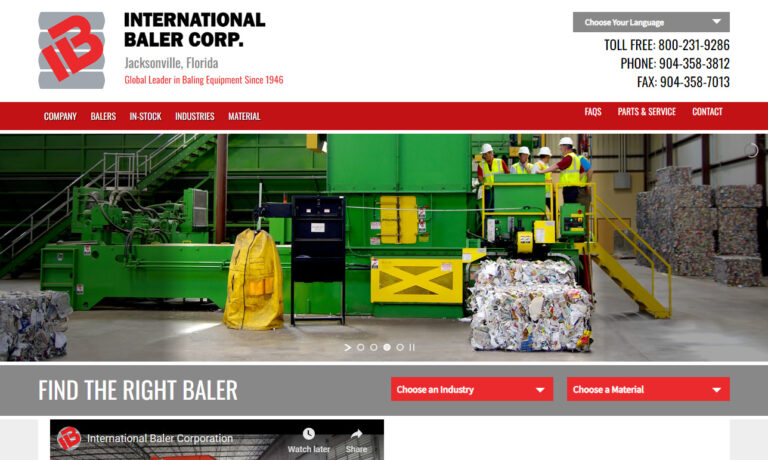
More Compactor Manufacturers
Most waste materials such as textiles, food products, containers, metals, plastics and fibrous materials can be processed with compactors, however hazardous materials such as aerosol cans, batteries and chemicals should be disposed with an approved method. Recycling is an important way for manufacturers to reduce the carbon footprint of industrial activity, and compactors remain an integral part of this.
A large chamber, an electric motor and a hydraulic or pneumatic press are the three main components of a compactor. Industrial compactors can have manual or automated loading functions from a large input area which is able to handle large volumes of waste material. The input area feeds the waste material into the chamber where it is pounded and compacted under great pressure from the press.
Using a hydraulic press minimizes the energy lost in the process and reduces the heat produced by the machine. Industrial compactors usually produce bales of compressed materials, while commercial or residential compactors are more likely to use bags or bins to store compressed waste until disposal. The compressed material is then ready for transport to a permanent disposal location, or to a recycling facility to be reused.
Factories, hotels, schools, medical centers and manufacturing facilities typically have a compactor on the premises for ease of access and minimal transport costs. While the initial expense of purchasing a compactor may seem high, there are many advantages to using compactors onsite. For example, they help to minimize odor and vermin problems, reduce the frequency of required waste removal, eliminate spillage and leaks from overflowing waste containers and improve standards of housekeeping around a facility.

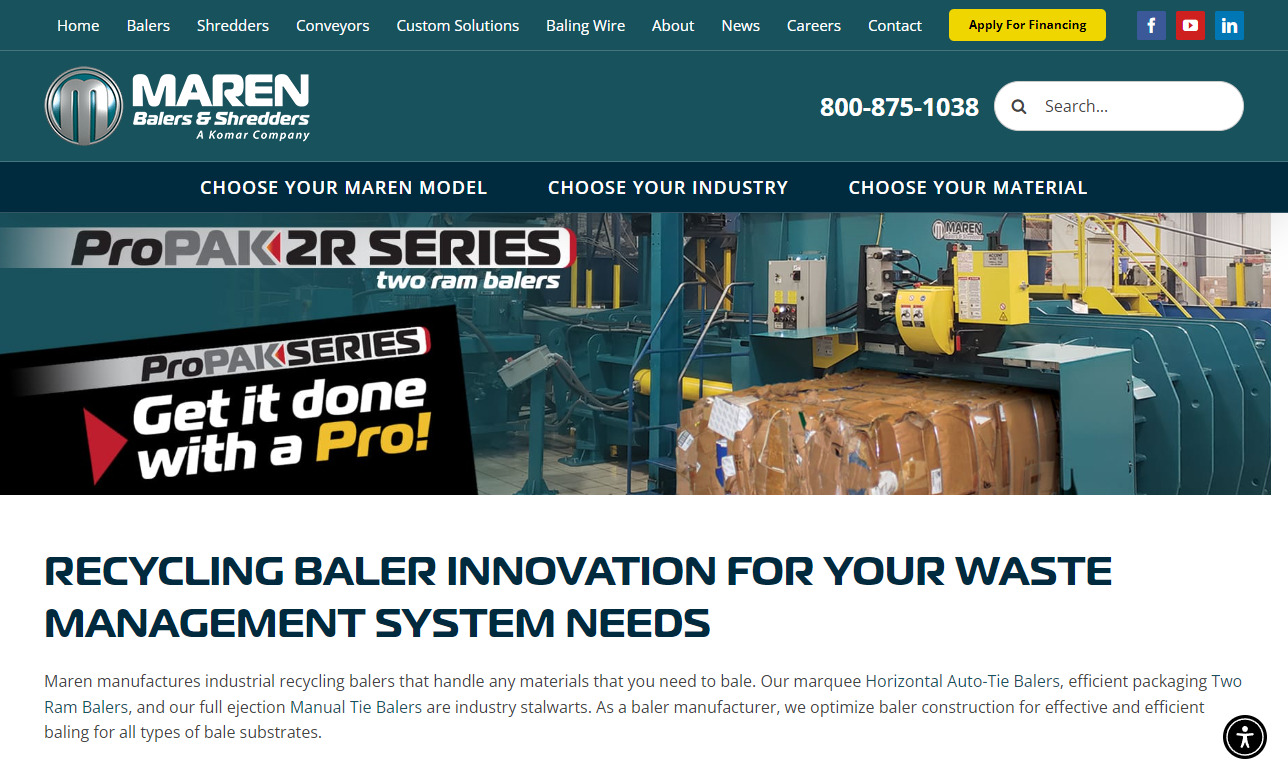
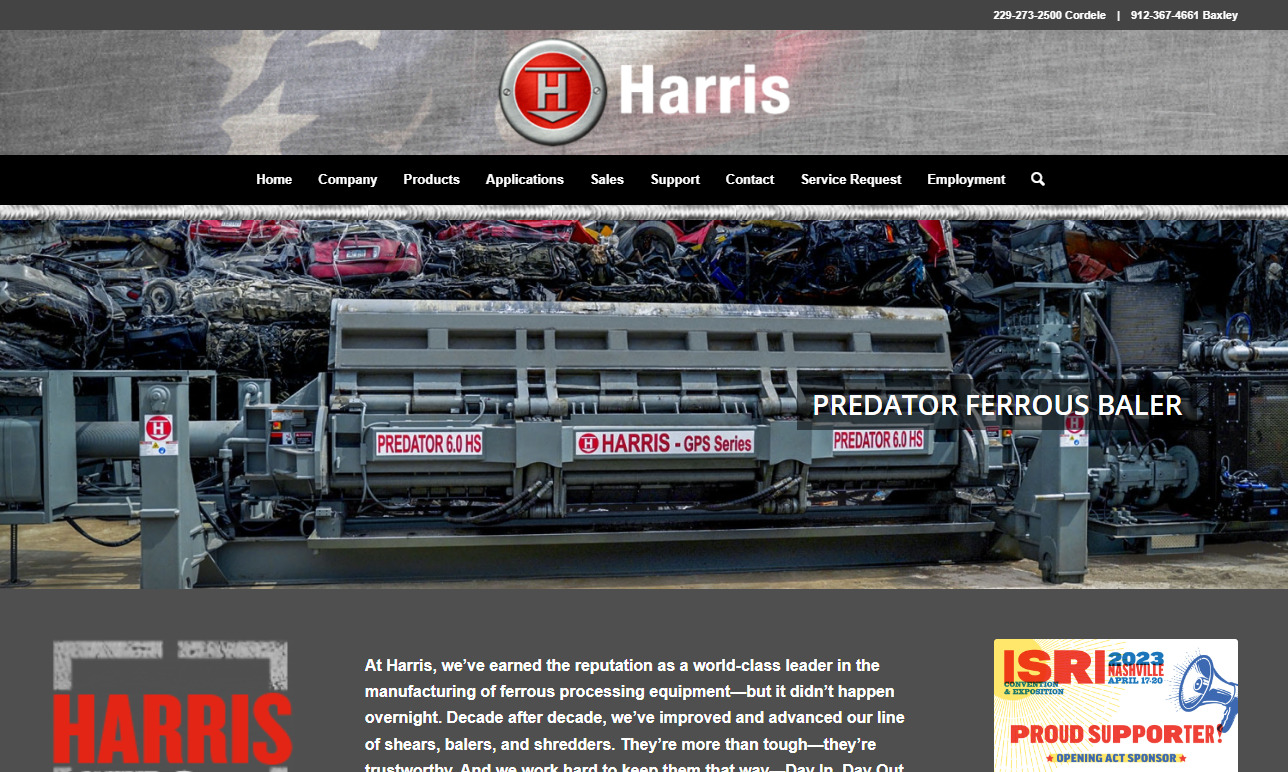
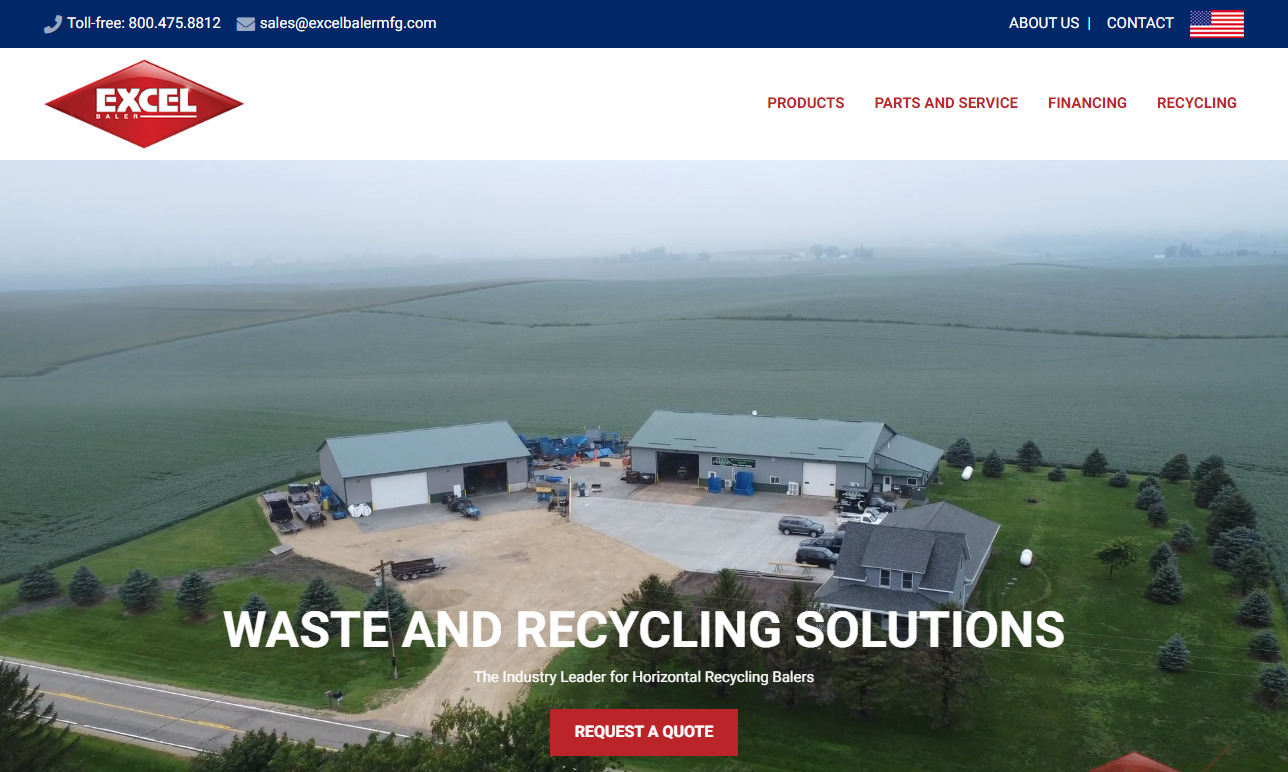
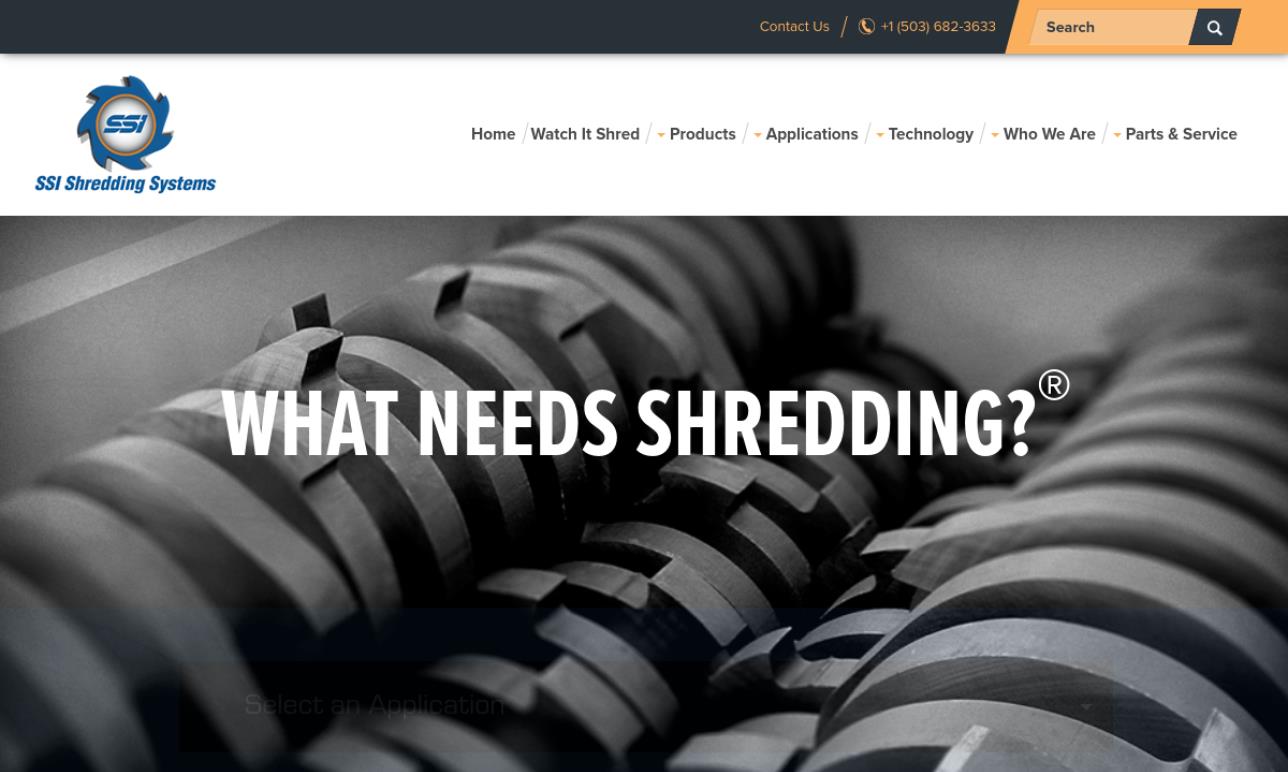
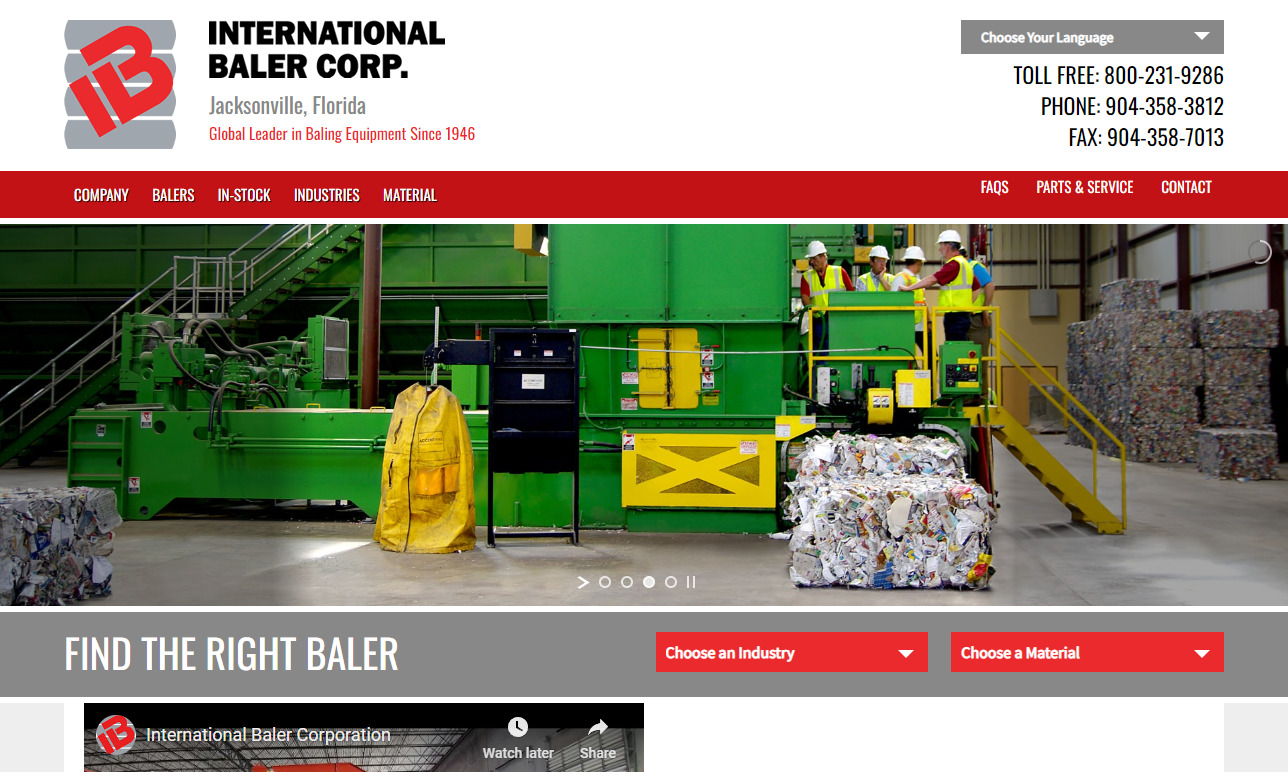






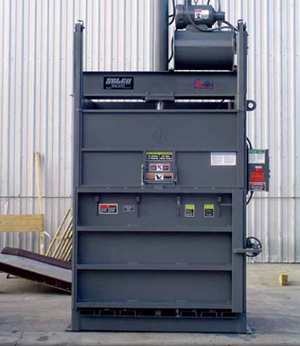 Balers
Balers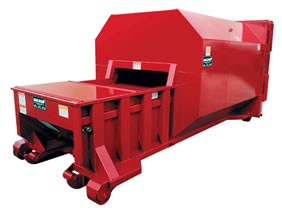 Compactors
Compactors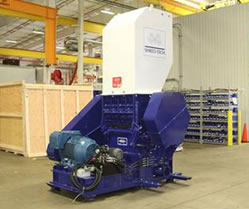 Granulators
Granulators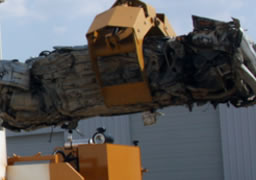 Grapplers
Grapplers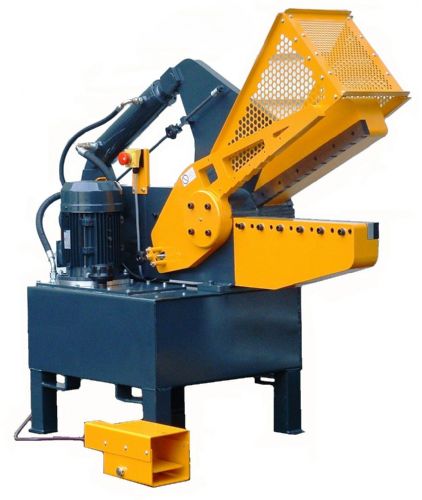 Metal Shears
Metal Shears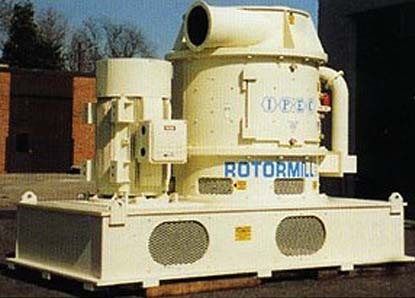 Pulverizers
Pulverizers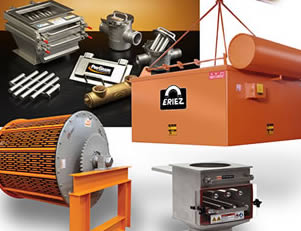 Separators
Separators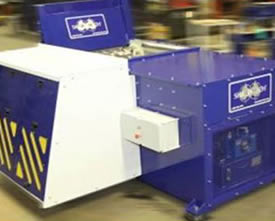 Shredders
Shredders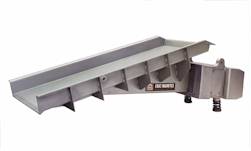 Vibratory Feeders
Vibratory Feeders Castings & Forgings
Castings & Forgings Bulk Material Handling
Bulk Material Handling Electrical & Electronic Components
Electrical & Electronic Components Flow Instrumentation
Flow Instrumentation Hardware
Hardware Material Handling Equipment
Material Handling Equipment Metal Cutting Services
Metal Cutting Services Metal Forming Services
Metal Forming Services Metal Suppliers
Metal Suppliers Motion Control Products
Motion Control Products Plant & Facility Equipment
Plant & Facility Equipment Plant & Facility Supplies
Plant & Facility Supplies Plastic Molding Processes
Plastic Molding Processes Pumps & Valves
Pumps & Valves Recycling Equipment
Recycling Equipment Rubber Products & Services
Rubber Products & Services